Author Spotlight Interview: Kevin Honeycutt
This week, we continue our series of author interviews by talking to an author who approached writing in a very different way than most. Kevin Honeycutt is a former teacher turned keynote speaker, who travels the world educating teachers about how to integrate more inclusive styles of teaching to the classroom, and make technology and the digital environment part of kids’ learning experience. in 2015, Kevin published his first book – a biography and memoir talking about his traumatic youth and how it shaped his mission today. We sat with Kevin to discuss this writing process, where his book fits into the larger picture, and what’s next for his publishing career.
HG: Who Is Kevin Honeycutt? How do you describe yourself and what do you do?
KH: Well, I used to be a classroom teacher. I was an art teacher for Pre-K through 12th Grade in a small district – so, I was all the art teacher a lot of these kids would ever have! For 13 years, that was my vocation – and then one day I spoke at a conference and I realized that was probably what I was supposed to be doing with my life.
A lot of times, I think people live right next door to what they’re supposed to be doing, and they just don’t know it. For me, teaching was almost keynote speaking. Once I’d realized that – well, for the last fifteen years I’ve been doing this – keynote speaking. First in Kansas, then around the Midwest, and then around the country – and finally around the world. So, now I get up, I get on a plane and fly to a conference, and I’m the guy up front who has to make 500 or 5000 people glad that they’re there. That’s my job.

HG: So, where did writing a book come into all this? How did that happen?
KH: Once I got my podcast up and going, I found myself with 24 chapters of highly polished content – I’d told these stories in keynotes for 13 years, so I thought if I could write them exactly the same way I told them, I might be able to make a book out of them. So, I did an experiment with that. I hired an editor and she word-for-word wrote down what I said in my podcasts. She fixed up something here or there, so much so that I put her on the cover with me.
HG: What was the reaction you received when you told people about writing a book?
KH: In my family, it’s seen as dangerous to tell the family secrets – so it wasn’t an easy thing to do. Sometimes, it’s a dangerous thing to do. When I told people I was writing this book, there was some push back – but after listening to what people said, I realized I didn’t care. I went forward because I thought this book could be valuable to other people who were struggling, coming out of something, or in a crisis – so, I went ahead and got it down, and then I went to Amazon and I used the tools there to finish the book and publish it.
I got the cover done – I did the cover art myself. It’s something I painted in college when I was an art major. It says ‘hotel’ on there, because it was one night at a hotel I saw that image. My father had taken us away from our mom, back when I was 2 or so, and I was crying so my father put me outside the room – he put me right outside on the sidewalk. I sat out there with the bugs and the neon lights and I remember it like it was yesterday.
I thought at the time “How do I remember that so vividly?” So, that painting – the cover – is what I saw that night; the hotel sign and all the pieces of that. To me, it’s very real. All these stories are. If you read this book, you’ll think “eh?” – but it’s me, all me, all remembered with perfect fidelity.
People who I’ve signed the book for, or who said they liked the book or whatever, I’ve learned how to go and find those people. It’s extended into my work, and now I teach kids to do this. Find the people who connect with what you write.
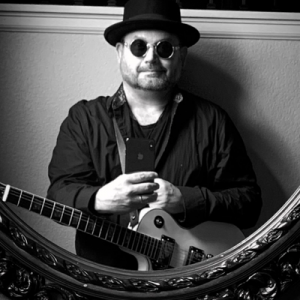
HG: So, what’s the basis of Midnight Run?
KH: My childhood was spent on the road – hence the subject of my book, Midnight Run. We traveled with my father, because whenever he broke the law – which was a lot, because he was a criminal and an alcoholic, and an abusive, dangerous person – so, whenever the police were onto him, he’d say “Midnight Run” and we’d all throw our things into one trash bag, we each had just one, and we were on the road again.
So, twenty two states later, my dad finally died and I’m deposited in one town, because we no longer moved. But for 22 states, I was a chameleon on the road – just because I was learning to be and survive all these crazy situations. I think I actually got some good skills this way. You can look at your life as a bad thing or a good thing, and I believe that sharp edges cleave diamonds – but not without pain. So, if you’re going to experience it, then do something with that pain. I’ve always said ‘paint with it.’ Don’t waste the paint.
I tell my kids “dance with your demons, but leave…” So, every great artist had demons that they led – they painted with them, they drew with them, they created with them, they let them be their authenticity – and I think when you deny them, they’ll come and get you anyway. Then, though, they lead. So, I’ve watched some of my siblings succumb to this – pretending they don’t have demons, and then in a weak moment… bam!
You’ve got to acknowledge your demons – so, my whole life I’ve been creating with this pain. I used to paint with it – a lot of abstracts, with a blizzard of crimson, which of course is the color of blood. It took me years to paint the blood out of me, there was so much pain. Once I got the last of it out, I could start painting with yellow and I’ve got a lot of kids like that – I just hand them all the colors in the world and just let them attack the canvas – with black and red, and whatever color they want – a lot of charcoal black and red seems to be what they would go toward, with an occasional streak of lightening, maybe. When I get them to pastels, we’re there.
Some of the chapters in my book lay out the houses we lived in. I have a chapter about being cold and just wanting to be in front of a heater, and what it feels like to be warm – because you want to remember that sort of desperation. That feeling of being hungry in a school with a free lunch system, but the free lunch ticket is pink instead of blue – so you don’t eat for six months because your ticket is the wrong color, and you don’t want one more humiliation on top of everything else.
HG: You say that you had an editor transcribe your podcasts into a book. How do you feel about that?
KH: Well, I always tell teachers that speaking is writing with your mouth – if you say it is. If you take away judgement and just look at a skill set, talking and writing accomplish the same thing. You look at poverty, and most kids I’ve ever worked with from poverty or from trauma – well, they were brilliant talkers because they lacked the skill to write the conventional way. We have speech to text now, so people like that can flat out talk a book. My book, for example, I consider that I talked that book – the whole book – because I couldn’t write that way because I’m dyslexic. I call it “lick sex dick” because it’s funny like that, but the words all get jumbled up – so when I start to try to write thinking of the conventions of writing I get cognitively constipated. It’s like I’m thinking so much of HOW to write that I can’t write. It’s always been that way.
My new book, though – this time I’m doing the writing myself because I trust myself; and if it’s a little bit imperfect then I don’t care. If you don’t like my book then you’re not my customer, so I don’t care because I didn’t write it for you.
I wrote it for all the people who need my book and can use it to help themselves – and when people read it and if they think “oh, I could write a book” then that’s exactly what I’m up to. I’m not trying to outdo anyone.
And to anyone who doesn’t like my book? I always ask them: “Where’s yours?” They shut up because they don’t have a book – so, who are they to judge me? I have a book. I have a book out there, so I don’t care any more about those critics. I think “haters don’t create”, so anytime somebody’s mean I look up their own body of work and usually its nothing. That’s when I realize they’re not my equal, so I don’t care what they think. I tell kids the same thing: Destroyers don’t create, so just tell your truth, write your book – whatever that looks like.
HG: How did you promote your book post-publication? And get reviews?
KH: I have 46,000 followers on Twitter, so imagine if in your back pocket you have 46,000 teachers worldwide with you every minute of your life. Across all of social media, I have 100,000 followers – so I didn’t think I needed a publisher. I have better circulation than some newspapers, and I feed that daily.
I help people – and so, if I need something, I ask for help myself. I do a call to action and people help me out.
For example, I went out and I found a book called The Bite in the Apple by Chrisann Brennan, Steve Jobs’s girlfriend who he had his first child with. He named the Apple Lisa after their daughter. Chrisann turned that book into a New York Times bestseller, so I contacted Chrisann on Facebook and I asked her: “Hey, would you read my book?” She did, so I asked her if she’d write me a blurb for the back of my book, and she did.
So, I find if you’re genuine with people they’ll help you back the other way.
I got that all lined up and then one of the tools you use on Amazon, Createspace, let me print a paperback. I sat down with my friend because we were both writing a book at the same time and we just helped each other through all the little wrinkles: How many pixels apart you need for a paperback, what the bleed is, how much white space on the page… All that nerdy stuff that you have to do.
Next, I teach kids what I did – to pre-buzz a book like Edgar Allen Poe did. He released his short stories in the newspapers of his time and then, when he’d finished the whole series, he published them as a book. What he did was pre-qualify readers to his book by pre-buzzing them. Now, I’m on Twitter and asking people: “Hey, can you read this chapter and tell me what you think?”
But I’m devious, so I’ll post this chapter and ask “Can you do a spellcheck for me?” Of course, I know how to spellcheck – but all these helpful people will go: “Okay, you’ve got to fix this, this, this and this.” So, I fix half of it and then I repost it again – and they go” “No, no, no – you’ve still got to fix this bit, you didn’t fix this this, and this.” Then, I post it a third time with almost all the corrections, and I get people to read it again.
Anyway, people buy my book and I go to conferences and I sign printed copies of my books. In fact, just recently I was at a school and all these kids had read my book for their book club. I was just answering questions and talking to these young would-be authors and it felt so good because they had such great questions and insight – even more than I did when I wrote the book. My challenge to them was: “Now I want you to write your own.” Write their own version of what I’d written.
I was in another school in Wisconsin and this school of kids at Seven Rivers had gone though and redone all of my illustrations their own way. Their art has been in my bag for a year and a half now, and I just can’t bring myself to get rid of it. I made an impact on them, and so I encourage them to tell their own story, because it heals them. It’s cathartic, and I know that because it was that way for me – you know what I mean?
This is what causes me to heal. I always say the best way out of darkness is to make your own light, so these kids are making their own light now. In fact, it’s inspired me to write another book, and the one after that… I mean, I don’t make a lot of money on these books – you know how it is, there are a million books out there – but what I do is more valuable to me. I’m happy to put the book into their hands – I’ll give it away for free – if the school can’t afford it. I just want the kids to read it and I’ll Skype in and talk to them about it if they want me to. I do this all the time and not for money – just to talk to them.
HG: Okay, speaking of your next book – when is that likely to be published?
KH: I’m a few months short of being done with the next book, which is going to be called Eat and Run because there’s this one chapter of Midnight Run about how we were eating in a restaurant and my father would say: “we’re going to eat and run.” That meant, when he said “go”, we’d all get up and run to the car – and we did that a lot, which is just terrifying, right? You get up and all of you run for a different door, all at the same time, so they couldn’t catch you. For my whole life I’ve over-tipped because I feel guilty for all those times we did an “eat and run.”
I want to finish it in December, when I have time. But it’s a lot – I still have some recording to do. I’m likely to finish it in December when I have some time off. This time, I might have my son – who is a brilliant writer – do all the publishing for me. I’d rather have 50% of something than 100% of nothing, so I might partner with him.
HG: Is that advice you’d give to other writers?
KH: Yes – I think it’s very important to partner with people who have the skill sets you perhaps don’t, or the skills that you shouldn’t use. Like, if you and I try to be productive down the organizational rabbit hole then we’re just wasting time – when we could be doing what we’re best at: You should be writing, I should be creating keynotes, or whatever that is. Why is it we insist on doing things we’re not good at?
HG: So, where can people find more about you?
KH: I have my website, my YouTube channel, my Twitter account and Facebook. Come and say hi!


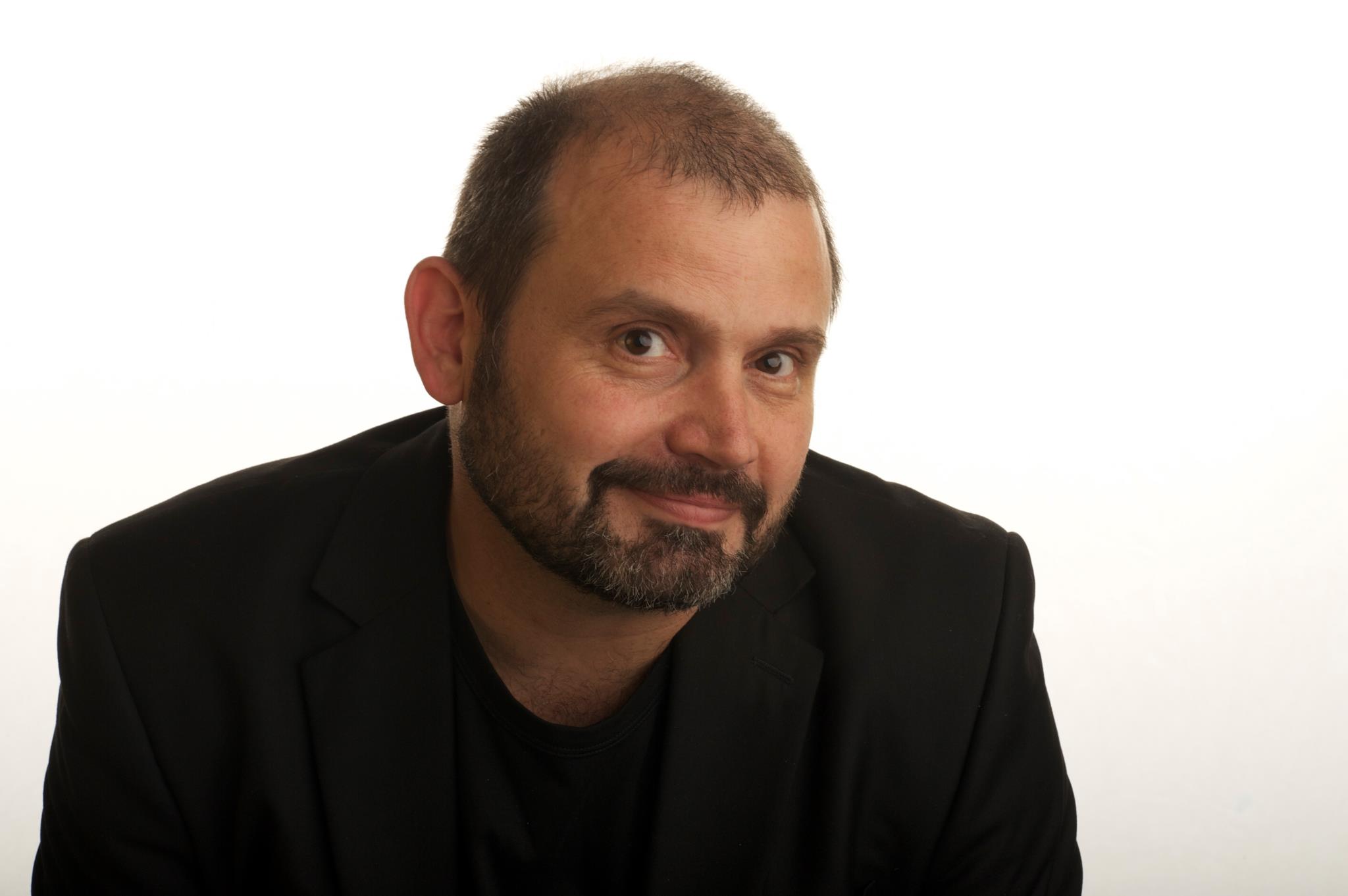

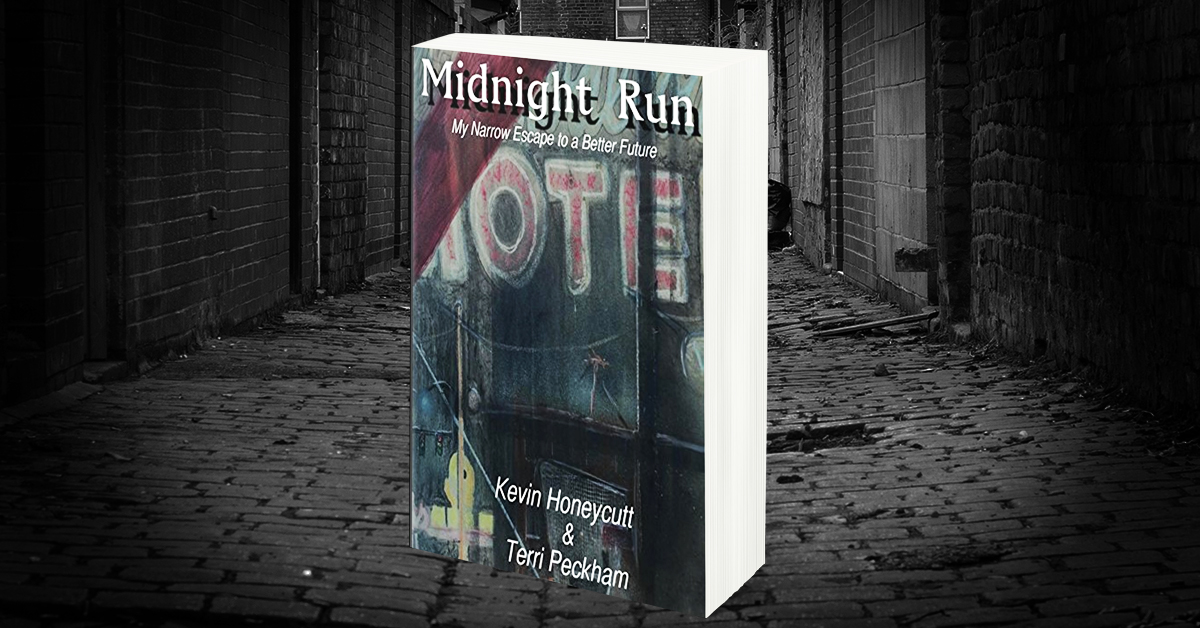
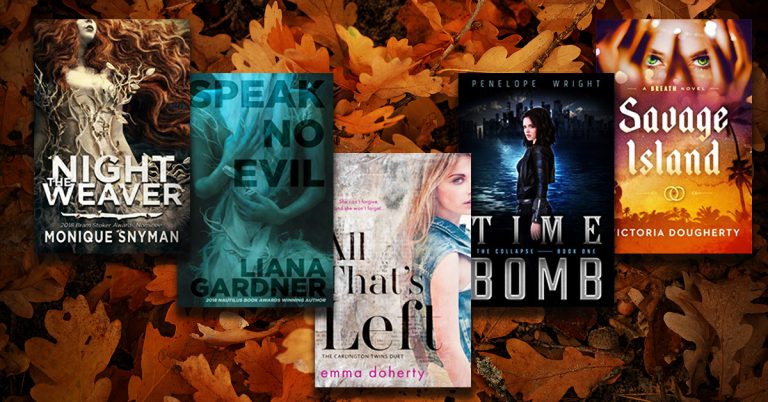
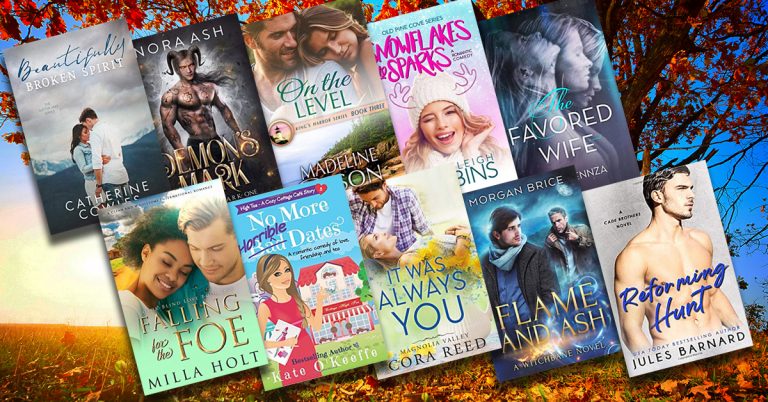

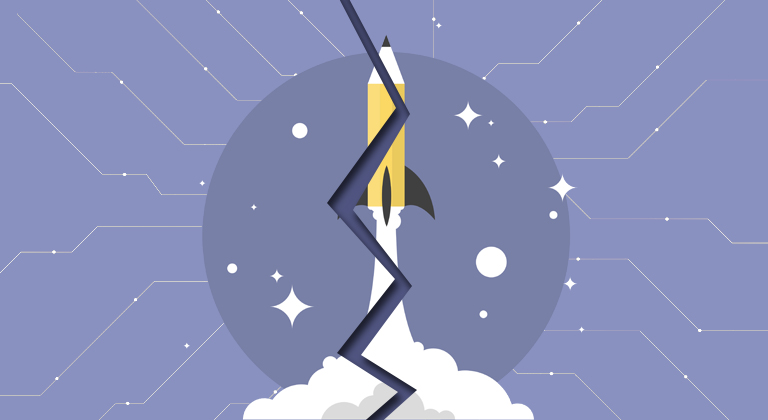



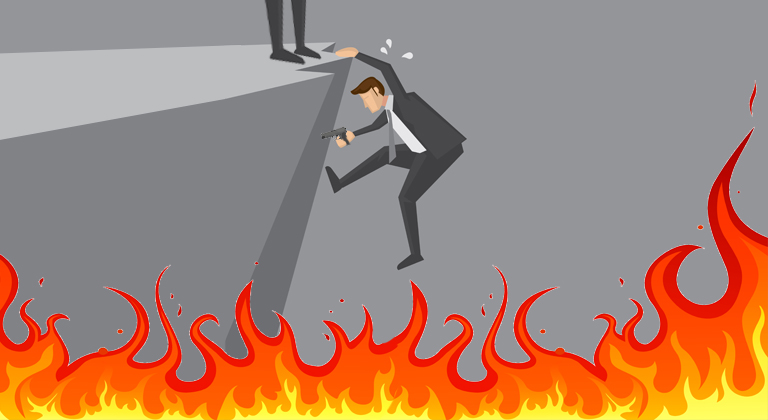
Excellent thanku